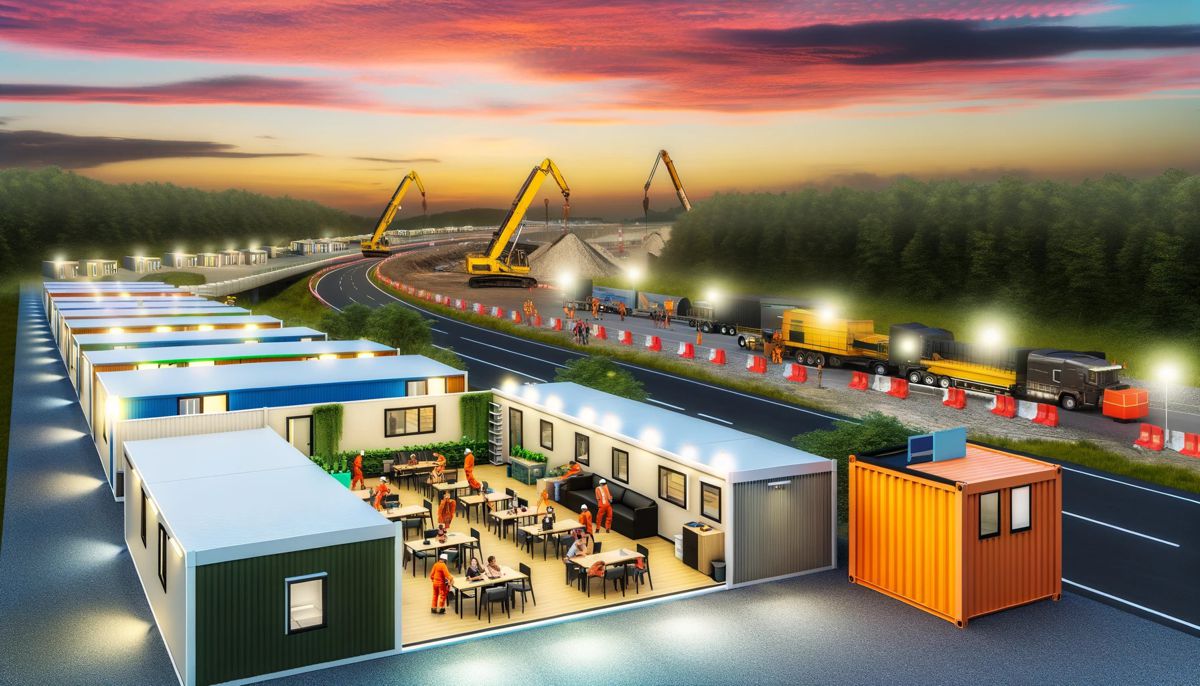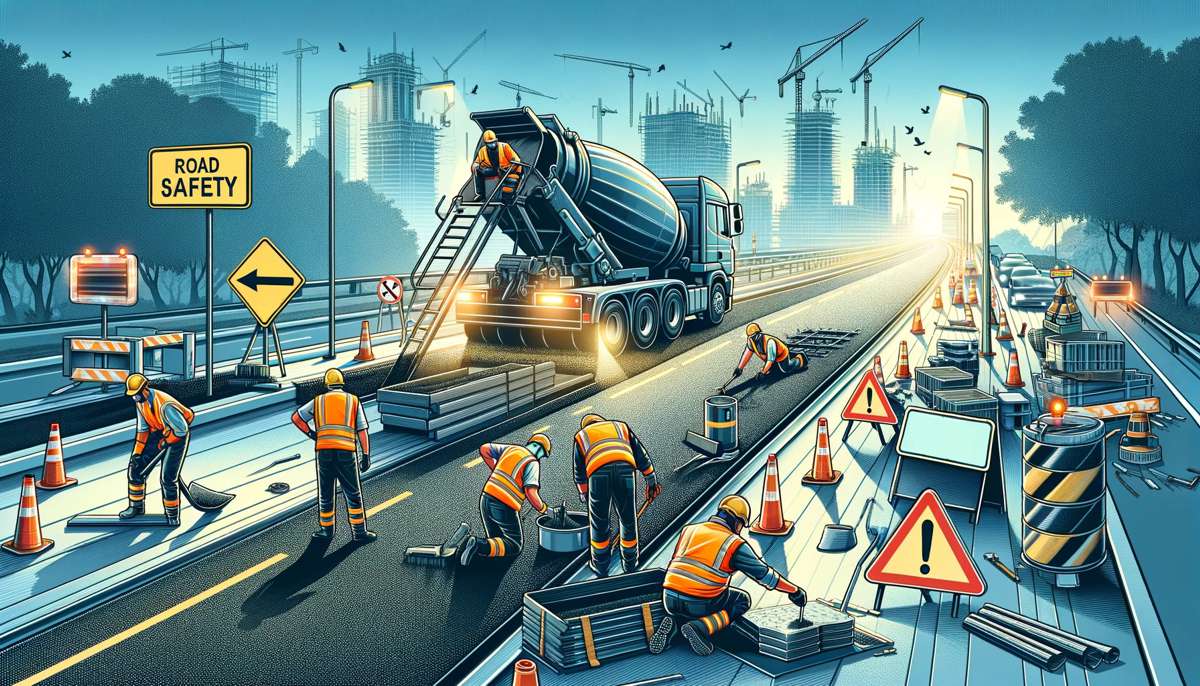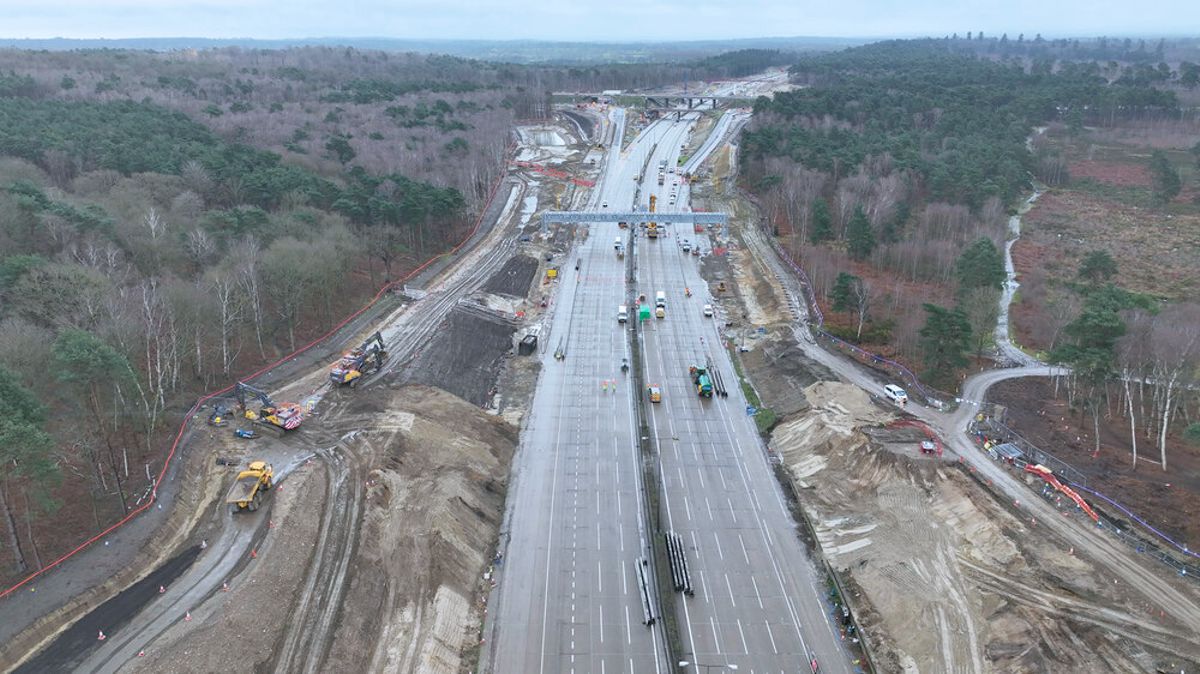Solar Roads – A great idea in principal
The latest excitement being generated by the alternative energy industry is Solar Roads.
Colas, a subsidiary of the French engineering firm Bouygues, has developed its Wattway solar road technology and has plans for about 100 trials worldwide including three trial sites in the United Kingdom. More than a kilometre has already been installed in Tourouvre, Normandy, France.
According to Colas 3,000 m2 of solar panel roadway would be able to power all the street lighting. Colas Development Manager Pierre Trotobas said, “The potential behind this is huge, if you consider the number of square kilometres of road that are available for energy instead of building big solar farms in fields” and “There is no issue of public acceptance.”
Quarter-inch photovoltaic solar cells will be glued to a traditional asphalt road surface and it is claimed will be robust enough to withstand heavy trucks. It is claimed that 4m2 of road surface is enough to power the electrical requirements of one home.
Wattway can also be adhered to car parks, driveways and cycle paths, and are coated in a glass bead resin to give vehicles grip and prevent skidding.
Practical considerations for Solar Roadways
The general public does not really appreciate that roads are actually designed and engineered to handle much more than traffic driving on them, and any solar road plans will need to consider the practical implications.
Traffic impact
Traditional roads have to cope with an immense amount of weight as well as the stresses of cars and trucks accelerating and braking hard, which adds considerable wear and tear to traditional asphalt roads.
Weight impact
It is estimated that a single truck causes as much damage to a road as 16,000 cars. While solar roads might be able to cope with this, the stresses are passed to the surface underneath, leading to maintenance issues.
Traffic Accidents
Unfortunately, car accidents are a fact of life and can lead to damage to the road surface. Car and truck fires cause major damage, which is quickly repairable on asphalt roads. Would solar roads be able to be fixed quickly and practically as well as the damage underneath them and would this render the area without power?
Utility access & maintenance
Electricity cables, gas mains, telephone lines, broadband fibre cables, water pipes and sewage pipes run under most roads where solar would be effective. Utility companies would need to be able to access these and use their testing equipment to check for leaks.
Good quality road surface
For the solar panels to be glued to the road a good quality road surface would be required to start with. Any water ingress through the solar panels from the surface or the sides of the pavement must be prevented as this will lead to subsidence and pothole damage that would need to be repaired and maintained. This would require the solar panels to be removed.
Drainage & water runoff
Roads are rarely perfectly flat, they usually have a crossfall or camber built in to aid water run-off into the drainage system alongside roads to prevent water collecting on the surface and to channel the water away to prevent local flooding and aquaplaning. Therefore, the solar road covering must not restrict the smooth egress of water.
Weather considerations
Water and flooding issues have been considered above, but roads have to cope with extremes of weather, which include freeze and thaw conditions in winter and being covered in ice and snow, not to mention vehicles with snow chains! In summer, the extremes of high temperatures present other issues.
Dirt
The biggest issue facing solar roads is dirt! Vehicles spread debris, rubber, mud, and dirt over every single road and work it deep into the surface. Solar roads will quickly develop a black coating and that will require frequent deep cleaning to generate any electricity.















